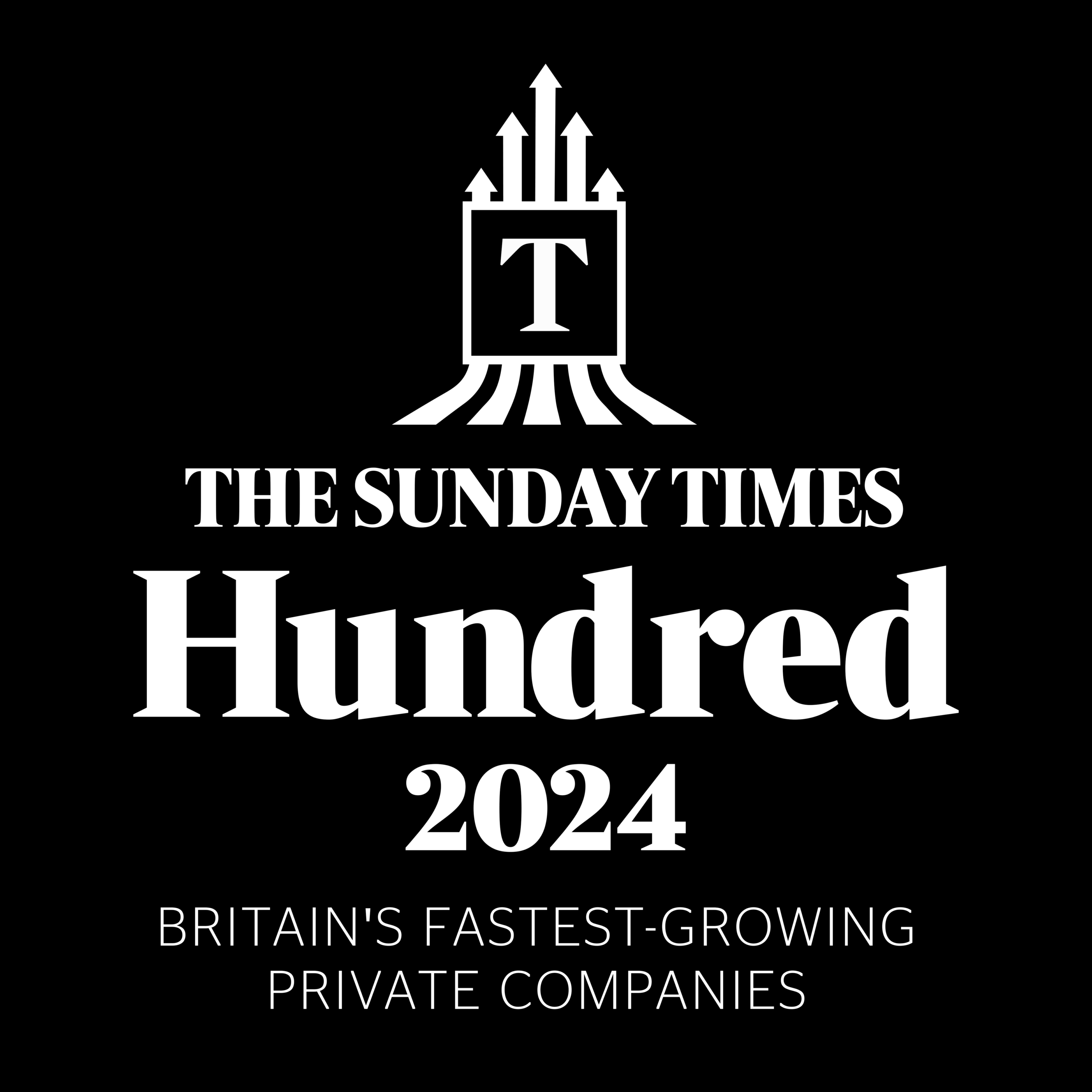Keir Starmer’s recent speech unveiling his Plan for Change sparked significant interest across industries. Focused on six key milestones for societal improvement, Starmer’s address also touched briefly—but importantly—on the role of technology in driving this transformation. His promise to innovate services, rather than simply digitize existing processes, and his pledge to harness AI as a key enabler, hint at a future where technology is central to the public sector’s evolution.
For technology providers, especially those already working with the public sector, this vision presents both exciting opportunities and familiar challenges. Allan Hudson, Bid Manager at gravity9, shares his perspective on what this could mean for SMEs in the technology space and how to overcome existing barriers to innovation in public sector partnerships.
Building on Existing Successes
While Starmer’s call for change is ambitious, Allan believes that many of the answers already exist within current public sector initiatives. The challenge lies in scaling these successes while maintaining the ethos and effectiveness of the original projects.
However, achieving this will require addressing long-standing obstacles that often hinder SMEs—organizations that are typically more agile and innovative—from fully engaging in public sector transformation. Below, Allan outlines three key barriers and actionable solutions to overcome them.
1. The Free Proof of Concept (POC) Conundrum
One of the most significant hurdles for SMEs is the expectation to deliver a free Proof of Concept (POC). While large suppliers may absorb these costs, smaller firms often find this requirement prohibitive.
To address this, Allan points to innovative approaches like The Manchester Prize, where multiple contestants bid for the opportunity to secure funded POC contracts. Winners then compete in a second round to deliver the final solution.
How this helps:
- Levels the playing field for SMEs.
- Encourages innovation by removing financial risks during early stages.
- Allows the public sector to explore diverse solutions before making significant commitments.
Expanding similar competition models across other sectors could create more opportunities for SMEs to showcase their innovations while fostering greater competition.
2. Overcoming Risk Aversion
Public sector customers are often overly risk-averse—both commercially and technologically—making it challenging to introduce disruptive technologies. This is particularly true for solutions like Artificial Intelligence (AI), which can necessitate significant shifts in processes, outcomes, and skill sets.
Allan suggests creating “safe spaces” and “guardrails” to facilitate the adoption of new technologies. One effective approach is implementing a microservices architecture using Domain-Driven Design (DDD).
Why this works:
- Reversibility: Failed changes can instantly revert to the previous state, minimizing disruptions.
- Incremental adoption: Allows technology to be implemented gradually and safely.
- Increased confidence: Builds trust in new systems, encouraging more widespread adoption.
By establishing robust safeguards, public sector organizations can reduce perceived risks and embrace innovation more readily.
3. Lack of Market Pathways for Public Sector Innovations
While initiatives like catalysts and innovation agents often produce excellent products tailored to public sector needs, many of these solutions lack a clear route to market. Without proper infrastructure and governance, these innovations struggle to scale or deliver long-term impact.
Allan highlights successful examples like the NHS Test Beds in healthcare, DSTL Searchlight in defense, and JISC in education. These programs have demonstrated the value of cross-departmental collaboration and the use of procurement expertise to mentor SMEs and streamline processes.
Key Takeaways:
- Document and replicate best practices from successful change programmes.
- Commission more initiatives aimed at bridging the gap between innovation and implementation.
- Encourage collaboration between public sector bodies to share resources and solutions.
A Call to Action for Technology Providers
Keir Starmer’s vision to leverage AI and technology to revolutionize public services offers a roadmap for innovation. However, as Allan highlights, realizing this vision will require addressing entrenched barriers and expanding on proven strategies within the public sector.
For technology providers, this is an opportunity to step up as partners in transformation, offering solutions that not only meet the public sector’s needs but also drive sustainable change. With the right frameworks in place—like funded POCs, risk mitigation strategies, and clear market pathways—there is enormous potential to bring innovation to scale. Join the Conversation
At gravity9, we are passionate about working with public sector organizations to deliver transformative technology solutions. Are you ready to be part of this journey? Let’s work together to build resilient, innovative systems that meet the challenges of today and tomorrow.
Contact us today to learn more about how we can help drive innovation in the public sector.


